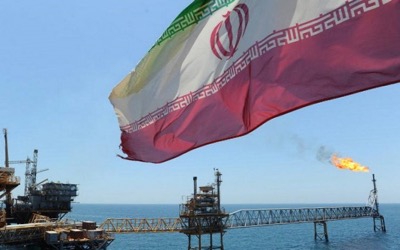
On 5 November 2018, President Sheikh Hassan Rohani assured his confreres that his country was going to “proudly by pass” the US sanctions. By this date, the United States had just activated its sanctions against the Iranian banking and oil sectors.
According to US estimates, Iran represents 2% of the global oil market. The re-activation of sanctions against Iran should prevent the sale of 1.4 to 1.7 million barrels per day. The announcement of sanctions alone resulted in a reduction of 800,000 barrels per day.
However, Washington has been forced to amend its plan and to grant a six month transition to China, India, Greece, Japan, South Korea, Taiwan and Turkey. The result: oil price stabilized at around 70 dollars per barrel.
Iran for its part, has already begun to use the pipeline belonging to the Turkish state company, BOTAŞ Petroleum Pipeline Corporation. This pipeline links the oil field in Kirkuk, Iraq to the Turkish Port of Ceyhan. In 2015, President Recep Tayyip Erdoğan allowed Daesh to use this pipeline to sell oil that Daesh had stolen.
On the other hand, since mid-September, all Iranian tankers cut their systems of localization by satellite, one after the other. This makes it really difficult for the United States to follow them [1]. However, because it is impossible to locate them physically, it is also difficult for the Iranian tankers to work with insurance companies.
Six big tankers are perpetually stationed at sea, ready to deliver the oil stored in tanks to ships that are in transit.
[1] “Iranian Oil Tankers Go Dark With 1 1/2 Months to Go to Sanctions”, Julian Lee, Bloomberg, September 25, 2018.

















Stay In Touch
Follow us on social networks
Subscribe to weekly newsletter